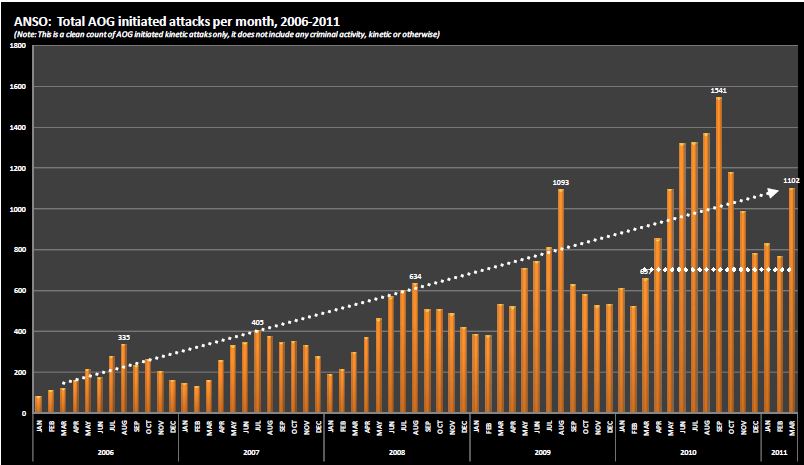Lt. Col. Daniel Davis’ Truth-Telling Continues: Long Report Published by Rolling Stone
Speaking truth to power is a brave act wherever it is carried out. But when that power is the strongest military force on earth and the one speaking truth is coming from within the ranks of that force to point out blatant lies promulgated at the very top of the organization, then it is indeed a rare form of bravery.
Earlier this week, Lt. Col. Daniel L. Davis published a short report in the Armed Forces Journal and coupled that with discussions with the New York Times’ Scott Shane for an article hitting on the same subject area. In those reports, we learned that Davis had prepared much longer reports, both a classified one which he shared with several members of the House of Representatives and the Senate, and a non-classified one which he intended to publish. In the Armed Forces Journal piece, Davis noted that he intended to publish the longer report at his afghanreport.com website, and in an editor’s note, it was pointed out that “At press time, Army public affairs had not yet ruled on whether Davis could post this longer version.” In a very interesting twist, Davis’ long report now has been published, but not at his website. Instead, Michael Hastings, whose The Runaway General article at Rolling Stone eventually resulted in the firing of Stanley McChrystal, has posted Davis’ report (pdf) at the Rolling Stone website, along with a brief introduction from Hastings. There will be a post soon from bmaz addressing Davis’ approach to whistle-blowing and his treatment of classified information.
The ANSO figure on which Davis based his final point. Link to original ANSO (pdf) report: http://www.ngosafety.org/store/files/ANSO%20Q1%202011.pdf
The Lies
Davis’ thesis in the longer report remains unchanged from the original. He maintains that despite persistent claims by top military brass that progress is being made in Afghanistan, there is in fact no progress. Violence continues on a steady increase and Afghan forces are nowhere near a point where they can maintain security in the absence of ISAF forces. On the final page, he has this to say about his “final take-away” from the report. He prepared a graphic based on the one reproduced above:
If there were only one thing I could ask you to take away from this rather lengthy brief, it would be this one page. Below you see charted over time, the rising violence from the end of 2005 through the first quarter 2011 (chart source: ANSO, 2011). All spin aside, you see regardless of who was in command, what strategy they used, or what claims they made, nothing impacted the rising arc of violence from 2005 through today. The one thing, however, that has never changed: the upward arc of violence, which continues its rise and is expected to continue at least through this summer. Read more →

